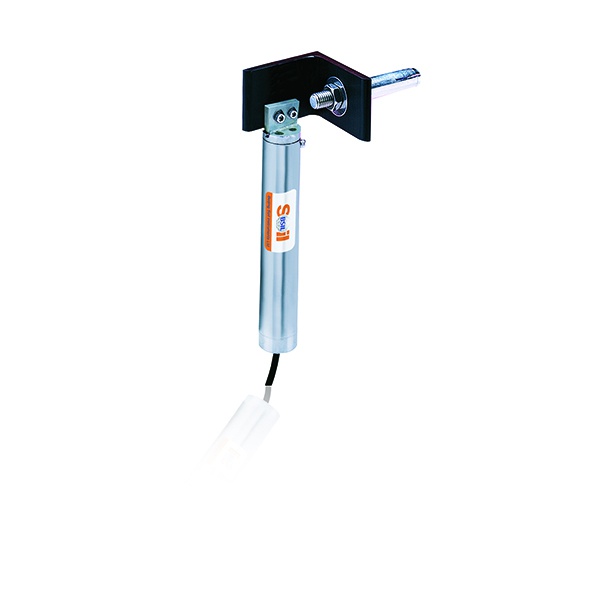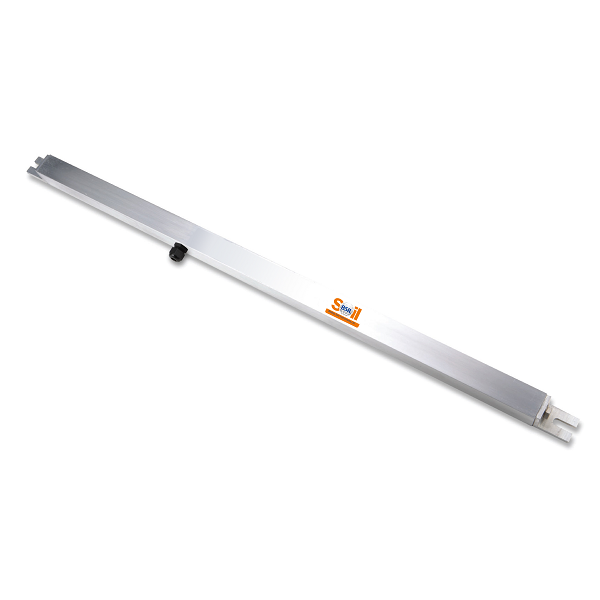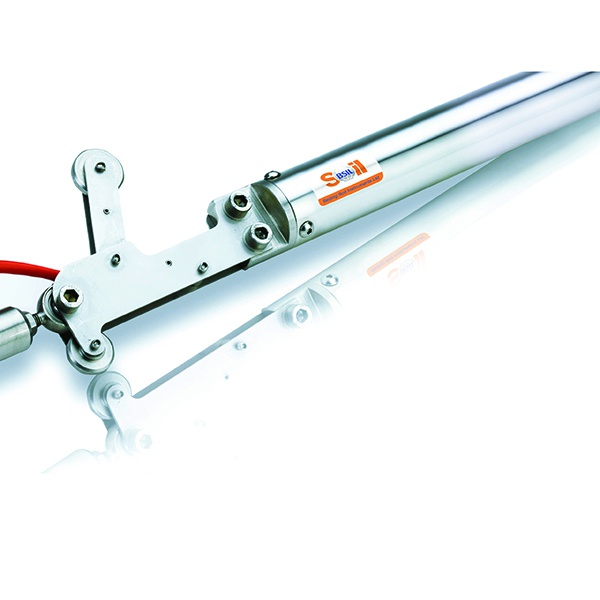Applications
BSIL-C1 Automatic Pendulum Readout is designed to make accurate measurements of the horizontal/ vertical movements of dams and dam foundations, abutments, bridges and piers, towers, nuclear power stations, tall buildings, etc.
Description
The model BSIL-C1 Automatic Pendulum Readout consists the functions of program-driving, signal-disposal, data-logging, communication, etc., which makes the system real non-contact planar measurement.
The model BSIL-C1 Automatic Pendulum Readout has a high accuracy, non-excursion, high stability, easy installation and
profound moisture-proof capability.
A LED display makes the user get the X/Y/Z readout from the system.
The output of the system is 4~20mA /RS 485.
Key Features
◆Robust design and reliable
◆Manual or automatic readouts available
◆Simple to use
◆Long-term reliability
◆Can read X, Y and Z movement
Main Specifications
Model : BSIL-C1-1 | BSIL-C1-2 | BSIL-C1-3
Range: (X,Y): 50×50mm (X,Y): 50×100mm (X,Y,Z): 50×100×50mm
Resolution :0.02% F.S.
Accuracy :±0.1mm
Display: LED
Operating Temperature: -15 to + 60 °C
Output: RS-485 /4~20mA
Power Supply: AC85~265V, 50/60Hz
L×W×H :380×330×145mm 425×375×220mm 425×375×220mm
Operation
The Pendulum Readout uses two high�resolution linear array CCDs (charge coupled device) as the basic sensors. Two collimated light sources at 90° to each other are directed onto two photo-sensitive CCD screens. The shadow of the pendulum wire falls on the CCD sensors and an automatically generated scan of the CCD pixel map records and digitally stores the coordinates of the shadow in the built-in computer.
This information is then converted to an analog signal that enables the position of the pendulum wire to be displayed locally in tenths of millimeter units on two LED panels mounted in the console.
The signal can also be transmitted via 4-20 mA output or RS-485 output to a remote readout site.




